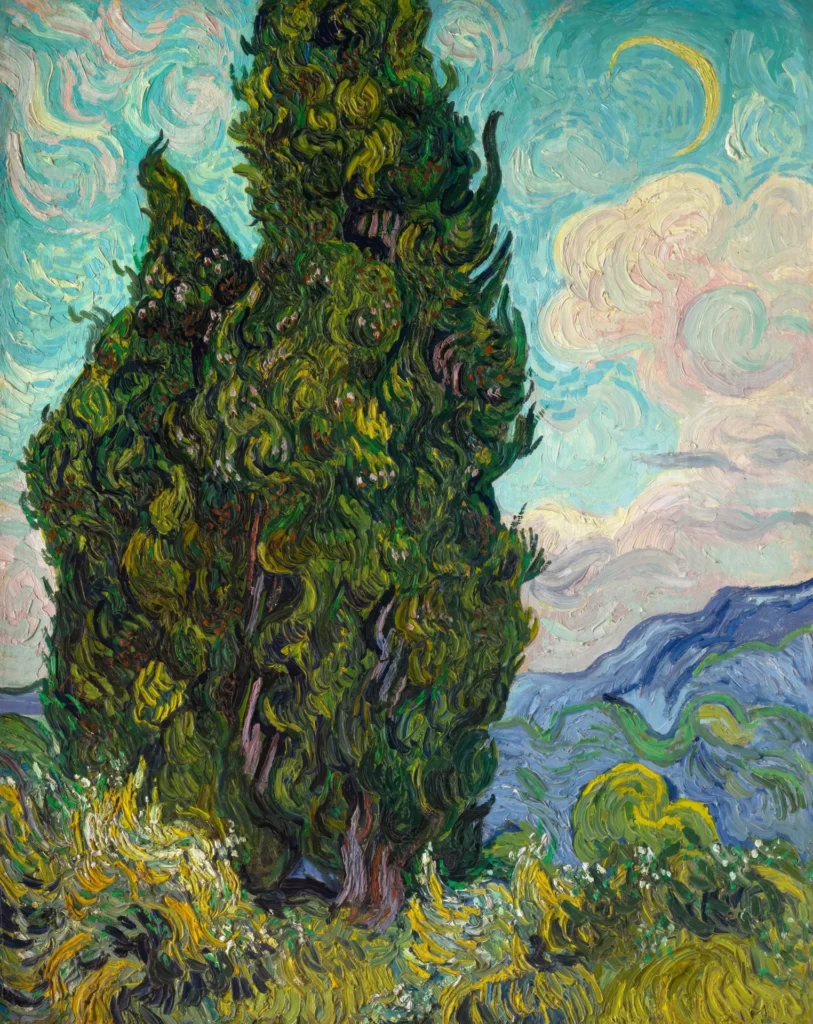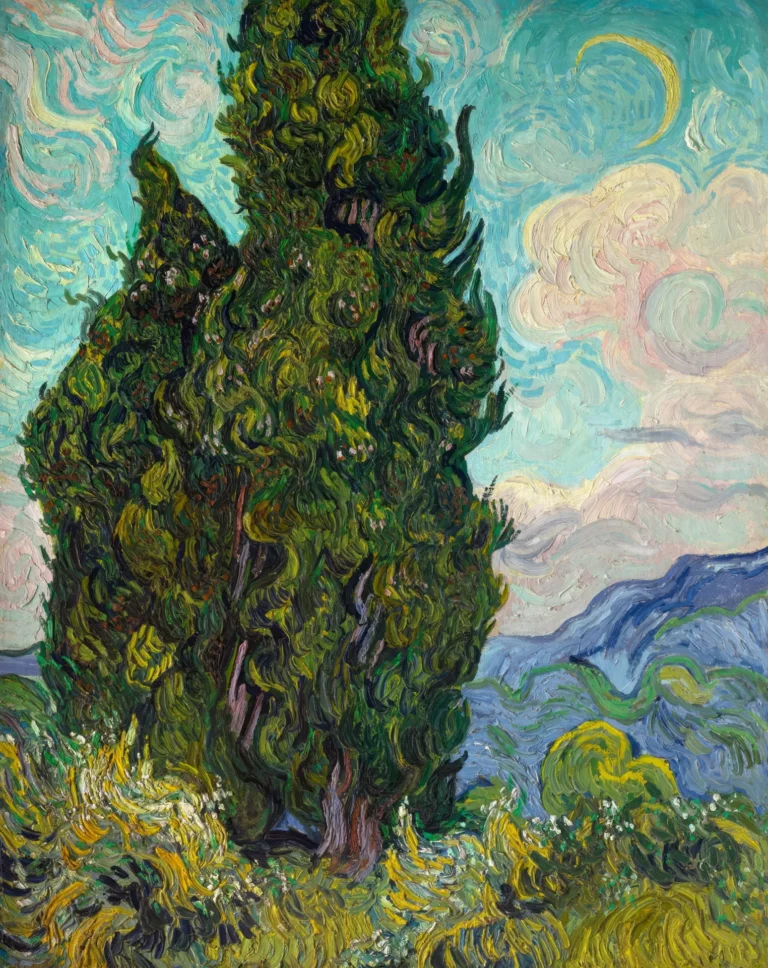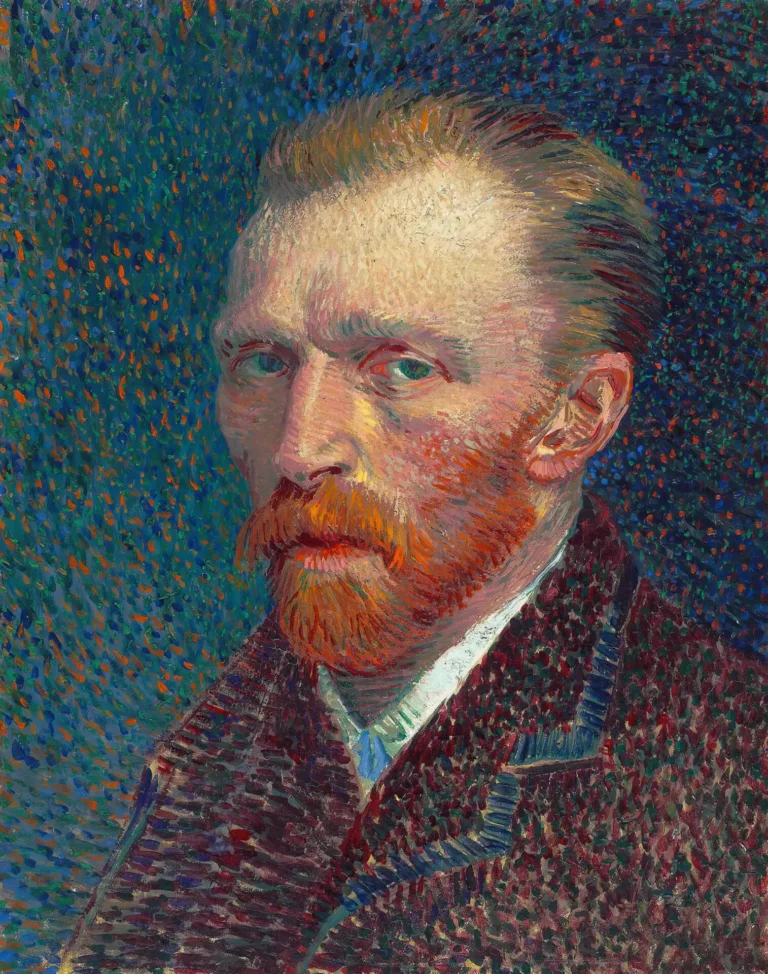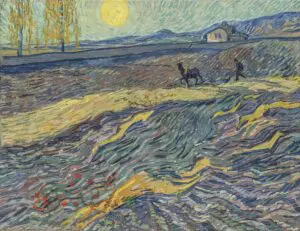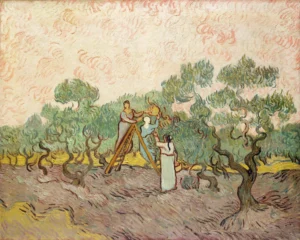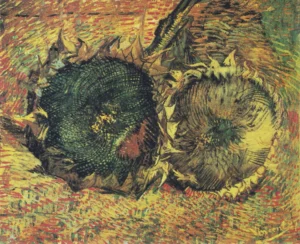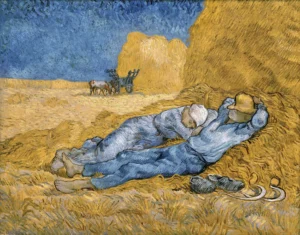Cypresses (1889)
The Cypresses paintings by Vincent van Gogh were created during his time at the Saint-Paul asylum in 1889. They feature the cypress trees that captivated him with their elegant shape and symbolic resonance. Van Gogh's unique brushwork and vibrant color palette convey a dynamic tension between beauty and his struggles with mortality. These works are considered pivotal in understanding Van Gogh's artistic development, as they reflect both his emotional turmoil and his fascination with the natural world.
Year 1889
About the Artwork
In 1889, Vincent van Gogh checked into the Saint-Paul asylum in Saint-Rémy-de-Provence, seeking solace for his mental health challenges. During this year-long stay, he turned to the surrounding landscape for inspiration, particularly the cypress trees that lined the area. Recognizing the trees' 'beautiful lines and proportions' reminiscent of Egyptian obelisks, Van Gogh began to reproduce them in various forms. His exploration of this subject culminated in several masterpieces, including 'A Wheatfield, with Cypresses.' The trees, often symbolizing death and loss in 19th-century culture, became a conduit for Van Gogh's own emotional struggles. His characteristic style is evident in the powerful brushstrokes and vibrant colors that animate the landscape, reflecting both freedom and turmoil. These pieces now stand as a testament to Van Gogh's genius and his unyielding turmoil during his turbulent life.
Did You Know
Liked what you see? Add it to your collection.
Enjoyed reading? Share it.
... continued
Context and Creation
Van Gogh was a patient at the Saint-Paul asylum from May 1889 until May 1890. During this period, he was allowed to paint, and cypress trees became a recurring subject in his work. He was particularly drawn to their 'beautiful lines and proportions, like an Egyptian obelisk.'
Versions and Locations
- There are multiple versions of Cypresses and related works. For example, 'A Wheatfield, with Cypresses' was painted in several versions, with one initial study done on site in late June 1889 and a final version completed in September 1889 while Van Gogh was confined to his hospital room. The final version is housed at the National Gallery in London.
- A painting titled Cypresses is on display at the Metropolitan Museum of Art in New York, painted around June 1889.
- A drawing version, 'Cypresses (Les Cyprès),' done in brown ink and graphite, is held at the Brooklyn Museum. This drawing was sent to his brother Theo to illustrate the paintings he was working on.
Symbolism and Style
- Cypress trees held significant symbolic meaning for Van Gogh. They were often associated with death and the macabre in late 19th-century culture, and Van Gogh's depiction of them can be seen as reflecting his own struggles with mental health and mortality.
- The paintings feature Van Gogh's characteristic use of powerful, rhythmic brushstrokes and a vibrant color palette. Despite his troubled state of mind, the works exhibit a sense of freedom and vitality, particularly in the depiction of the swirling lines and the animation of the landscape by the summer mistral wind.
Technique and Influence
- Van Gogh's work during this period was influenced by his interactions with other artists, such as Paul Gauguin and Emile Bernard, and their moves towards abstraction. This influence is evident in the stylization and decorative patterns in his brushwork.
- The drawing at the Brooklyn Museum showcases Van Gogh's use of an improvised pen made from a sharpened reed stalk, which forced him to work quickly and assertively.
Exhibitions and Legacy
The Metropolitan Museum of Art has hosted an exhibition focused exclusively on Van Gogh's cypress paintings, highlighting their symbolic and artistic significance. These works continue to be celebrated for their beauty, emotional depth, and the insight they provide into Van Gogh's artistic vision and personal struggles.




